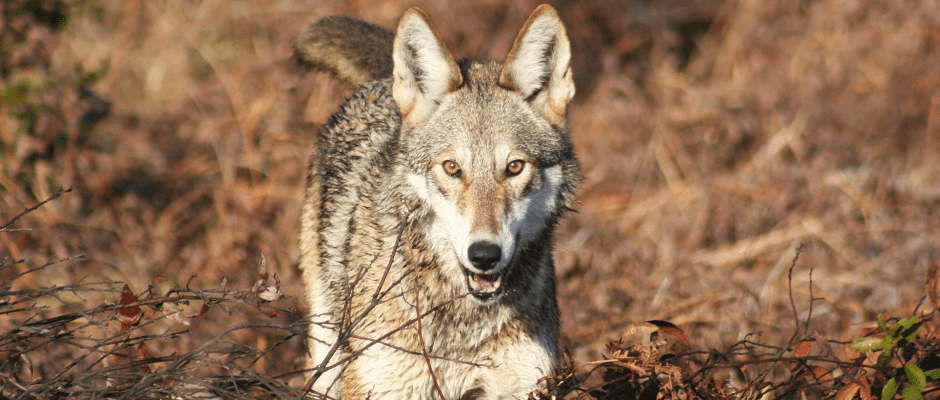Share this article
JWM study: Gunshot mortalities threaten NC red wolves
Due to habitat conversion and predator eradication, North Carolina’s red wolves (Canis rufus) have for decades remained some of the world’s most endangered canids. A new study suggests that many of these animals — the only wild population of the species — have been dying from gunshots, destabilizing packs and decreasing their numbers from over 150 in 2005 to as low as 30 today.
“Over time, cause of death began to become more anthropogenic, mostly gunshot mortalities,” said Joseph Hinton, postdoctoral researcher at the University of Georgia and first author on the paper published in the April issue of the Journal of Wildlife Management.
His team used long-term data from the U.S. Fish and Wildlife Service’s Red Wolf Recovery Program to analyze over 370 radio-collared wolves’ survival and cause of death in the North Carolina recovery area between 1987, when the first four mated pairs were reintroduced, and 2013. Previous research had examined red wolf survival until 2007 and warned about the concerning number of deaths by gunshot.
The researchers found that natural causes, such as conflict with other wolves or disease, used to claim most wolves, but around 2007, the main cause of death became gunshots or collisions with cars. The results indicated that the majority of wolves died during the white-tailed deer (Odocoileus virginianus) hunting season between October and December, before reaching the age of 4.
Some hunters shoot wolves after they confuse them with coyotes (Canis latrans), whose arrival coincided with the shift to anthropogenic causes of wolf death, Hinston said. But gunshot deaths can also be deliberate, he said, perpetrated by people targeting wolves.
“Wolves get shot during hunting season, often because of sportsmen in the field,” Hinton said. “They’re doing it on purpose or by mistake, but it doesn’t matter to the wolves. The fact is, it’s happening.”
TWS members can log into the member portal to read this paper in the April issue of The Journal of Wildlife Management. Go to Publications and then The Journal of Wildlife Management.
Header Image: A red wolf at Pocosin Lakes National Wildlife Refuge in northeastern North Carolina. ©Joseph Hinton








